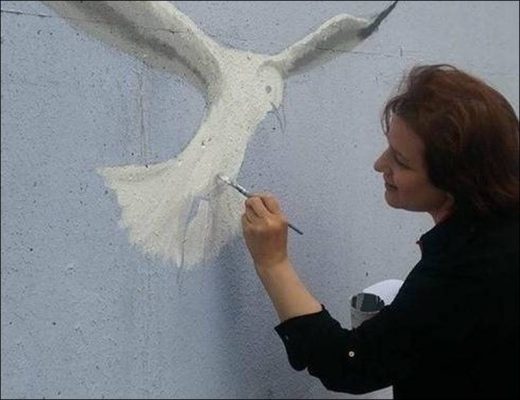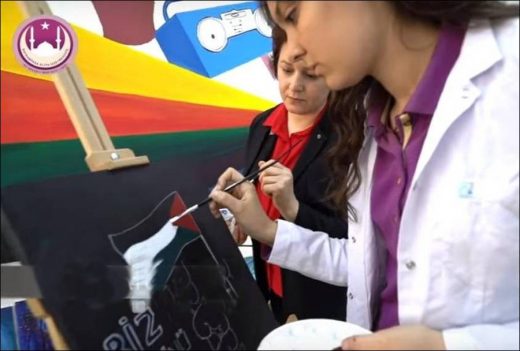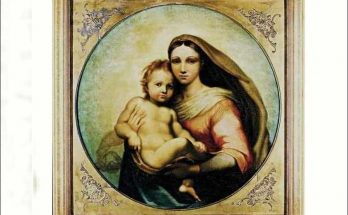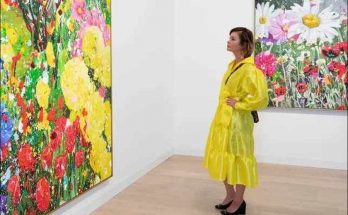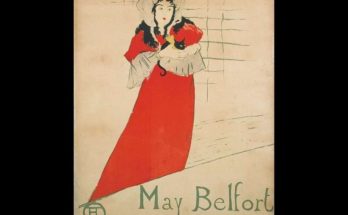Painting has been a way of self-expression since ancient times. Stone Age people made paintings that describe what they felt and lived between BC 600,000 – 5,000 BC by carving on the cave walls. While their understanding of art was drawing, they later discovered painting inside. Painting was the way of expressing the feelings of the illiterate ancient people.
What is the universal language of humanity?
Painting has become the common language of people whose way of life has turned into communities over time. Mankind has reached today’s painting expression by developing various techniques over time. In recent times, there are similarities in the materials and practices used by the communities. Painting movements occur as a result of developments in sociology, science and economy.
Art of painting movements
It would be more accurate to look at these mdcamants under headings as follows:
Visual Arts
Painting is one of the most valuable parts of visual arts today. It is the reflection of unrestrained imagination with colors on canvas, cardboard, as well as on suitable platforms with charcoal or various materials. Nature is the greatest source of inspiration. If the color richness of nature is combined with the vastness of the imagination, the desire to paint becomes inevitable.
As we reach the depths of our mind, our canvas becomes richer. And we present it in its most natural form as our brain perceives it. Pictures drawn on the three-dimensional floor that our eyes see and our brain perceives, overflowing from cardboard and canvas. If the love of art gushes out of your veins, it will unfold before your eyes on cars, stairs, walls, cones, stones or gourds, even on any floor you can think of.
Drawing habits in children
Almost all children are born with the ability to be creative and produce. This skill comes from our mother and father with innate genes. Or we can acquire this ability later by drawing a lot. The habit of drawing, which starts at a young age, affects your child’s psychological development positively. It enables the development of hand muscles. It strengthens hand and eye coordination. In addition, pedagogues look at a child’s painting and have information about his mood and development. Painting has an indispensable importance in the education of children.
Painting with a dynamic effect has an important place in creating meaningful wholes by drawing and painting. It’s a point of view. Some people frame the picture from the camera’s point of view and present it. Some people fit it into the pages of the book they wrote. He can reflect his art on a canvas, on a stage, or perhaps on many surfaces such as a poster leaf.
In fact, the common point of all of them is the ability to choose the frames we like the most that we can see in our minds and present them to the extent of our ability. Painting is a way of shouting out all his madness, anger and joy with lines and colors like a person shouting all his negative energy, happiness and hatred while watching a match in the stands.
A Beginner’s Advice
The first step when starting to paint is to set the ratio. You can achieve the ratio by dividing your paper into equal number of squares with the photo. The same method starts with applying acrylic or oil paint on canvas. Squares of equal size, horizontally and vertically, are gently drawn on the canvas.
If the subject is to be made from the photograph, the same number of square divisions is also applied to the photograph. If it is to be done by looking at the living nature or the model, the measurement is taken with a pen. The framed picture is gradually placed on the ground. The picture is like the sea to some and the ocean to others.
Visits: 79
